🧠 1. Shift From How to Who: Stop doing everything yourself and start finding the right people to help you win
Let me tell you why most people stay stuck.
They’re asking the WRONG question.
When most people face a challenge, they automatically think: “How do I solve this?” They roll up their sleeves and start looking for tutorials, tools, and strategies.
It feels productive at first, but you know what that usually leads to?
Overwhelm. Procrastination. Painfully slow progress.
A smarter question: “Who?”
Dan Sullivan says there’s a smarter question to ask. Not “How do I solve this challenge?” but “Who can help me solve this?” That one small shift—from How to Who—is the most important idea in this whole book.
And once you see it, you can’t unsee it. The truth is, trying to do everything yourself makes you the bottleneck.
You don’t grow your business by becoming better at everything. You do it by finding people who are already better than you at the thing you need done.
Greatness is a team effort
Most people stay stuck not because they’re lazy or untalented—but because they’re asking the wrong question.
And it’s not your fault!
Our society pushes a false idea of individual achievement. But the truth is, we only reach our full potential in relationship to the right people.
Just look at Michael Jordan. Best basketball player alive.
But what most people don’t know is that he didn’t win a single championship his first six years in the NBA. Not because he wasn’t a legend, but because he didn’t have the right Whos around him yet.
It wasn’t until Scottie Pippen joined the team, Tim Grover became his trainer, and Phil Jackson stepped in as head coach that the Bulls became unstoppable, winning 6 championships.
Jordan’s greatness came to life in relationship to the right people.
Same goes for Steve Jobs, who is often mistakenly seen as the lone genius behind Apple’s success. But he said it himself:
“Great things in business are never done by one person, they’re done by a team of people.”
Everybody knows that Steve Jobs wasn’t a great engineer or coder. But he was brilliant at coming up with a vision then getting the right people to make it a reality.
This book exists thanks to asking “who?”
Now here’s the best example.
Dan Sullivan is the guy who came up with the ideas inside “Who Not How,” but he didn’t write a word of this book.
Dan’s company, Strategic Coach, has trained over 20,000 entrepreneurs. He clearly knows what he’s talking about. But he didn’t have the time or energy to write a book.
So Dan asked “who can help me write a book?”—and he found Dr. Benjamin Hardy. A star writer who has published multiple books. With Dan’s ideas and Hardy’s writing, the end result they created is so much better than either of them could have done individually.
This idea isn’t just theory. It’s the reason this book exists.
- If you’re stuck, it’s probably because you’re asking “How?” The better question is “Who can help me solve this?”
- You don’t win alone. You win with the right people. Life is a team sport—even for Steve Jobs, Michael Jordan, and Dan Sullivan.
🧩 2. Let Go of Control: You don’t need to know how to do most things—you just need to know what you need and then find the right who to do it
Most business owners are control freaks—and it’s ruining their potential.
They think, “If I don’t do it myself, it won’t be done right.”
So they cling to every little task. Every step. Every detail.
And guess what? They stay stuck, small, and exhausted.
Here’s the truth: You don’t need to know how to do everything. You just need to know what result you want—then find someone who already knows how to get you there.
When you trust someone to handle the how, you free up your time, your brain, and your energy to focus on what matters most—vision, strategy, and results. You move faster. You think bigger. You get out of your own way.
Even the pros let go
Michael Crichton is the author of Jurassic Park, one of the best-selling novels of all time. He once said only about 10% of his book content makes it to the big screen. And for him, that’s okay.
He’s a novelist, not a screenwriter. He focuses on writing great books—and lets Hollywood adapt them however they see fit. Because when Spielberg released the Jurassic Park movie, it caused a huge upswing in his book sales.
He’s not worried about controlling every detail. He’s focused on making the largest impact. And that means letting other pros do what they do best.
Real-life example: 500 hours back with one who
Sharon Duncan was working insane hours as an entrepreneur—she had no time for herself and wanted to spend more time with her 82-year-old mom. Because she knew her mom wouldn’t be around forever.
Then she heard Dan Sullivan’s idea of building a self-managing company.
A self-managing company means you let go and stop telling people how to do things. Instead, you define the outcome, giving them permission to take full ownership of how to achieve that outcome.
So she decided to test it out. She hired a practice manager and gave them some of her responsibilities. And guess what happened? Immediately, she freed up 500 hours a year. That’s not a typo. And the best part? The work was all the stuff she didn’t want to do anyway. She was amazed by how easy it turned out to be.
With that time back, she started going to baseball games with her mom. Her stress dropped. Her creativity exploded. After all, experts say only 16% of our best creative ideas come while working. Most of the time, we’re struck by inspiration while doing something else, like taking a shower or riding a bike.
Turns out, the more room Sharon had to breathe, the more valuable her thinking became.
Same goes for Phil Knight, the founder of Nike.
How did this skinny runner from Portland go from selling shoes out the back of his car to building the most valuable clothing brand in the world?
Here’s how: By NOT doing everything himself.
His mantra while growing Nike was this quote, borrowed from legendary General George S. Patton:
“Don’t tell people how to do things. Tell them what to do, and let them surprise you with their results.”
- Let go of control. Focus on the what, trust others with the how.
- You’re not a hero for doing everything yourself. You’re a genius for knowing who to call. The fastest way to grow is by working through others, not by doing more yourself.
- Your life can change when you stop going solo and start building with the right Whos.
💸 3. Not Delegating Is Costing You: Hiring a who is not a cost, but an investment that frees up your time for higher-value activities
Let’s get something straight: doing everything yourself isn’t heroic—it’s expensive.
Every time you say, “I’ll just handle it,” you’re paying a hidden tax. Not just in time, but in energy, focus, and momentum. And that tax adds up fast.
As entrepreneurs, we don’t get paid for being busy. We get paid for results.
And the only way to consistently deliver big results? Protect your time—and spend it on the stuff that actually moves the needle.
So instead of asking, “How can I accomplish this faster?” Start asking, “Who can take this off my plate completely?”
That’s when things start to shift.
Your Time Has a Price Tag
Your most valuable resource isn’t money—it’s your attention.
And attention is limited.
Psychologists call it decision fatigue. Your brain only has so much fuel each day.
Use it all on low-level tasks—checking emails, running errands, figuring out how to fix your website—and by the time you get to the important stuff, you’re drained.
If you want to grow, you have to protect your attention like gold. That means spending more time in your zone of genius—the stuff only you can do—and finding others to handle the rest.
Delegation Isn’t a Cost—It’s a Growth Strategy
Here’s the mindset shift: Hiring someone to take over a task isn’t a waste of money, it’s an investment that can multiply your results.
Every time you invest in a Who—someone who frees up your time—you gain energy, focus, and creative bandwidth. That turns into higher revenue, faster progress, and way less stress.
Delegation saves you time so you can do the kind of work that actually grows your business.
Need proof? Here are four real entrepreneurs who learned this the hard way:
1) Dean Jackson: coined “who, not how”
Dean Jackson, the guy who coined the phrase “Who Not How,” started small. When he moved to Orlando, he hired a woman named Mandy to clean his condo once a week. Then he thought, What else could she take off my plate?
Soon, she was doing laundry, stocking the fridge—basically running his life behind the scenes. And as his schedule opened up, so did his income.
He later found Whos for tech stuff, admin work, even answering emails—so he could focus on product creation, coaching, and big ideas. That’s how he built multiple 7-figure businesses.
2) Benjamin Hardy: up to 600 podcasts/year
The author himself fell into the trap. When launching his first book (Willpower Doesn’t Work), he handled all the media outreach himself—including booking dozens of podcasts interviews. It drained him—and the book didn’t hit his bestseller goal.
For book #2, he hired Connie. Told her: “Get me on 200 podcasts this year.” She booked everything. He just showed up. He could put all his mental energy into just doing the interviews. And it worked so well, he tripled the goal next year: 600 podcasts.
If he was still trying to schedule all the interviews himself, that would be completely impossible, and he would have a fraction of the impact.
3) Wesley Sierk: almost died learning this
Wesley tried to sell his risk management company by himself. Six months of work—zero results.
Then he hired a pro: an investment banker. Cost? $500,000.
But the result? Multiple offers, millions more on the sale price, and a deal done way faster.
But he didn’t fully learn the lesson. That summer, instead of paying $7,900 for a new AC unit, he climbed onto the roof to rig a temporary fan himself… fell off, cracked his skull, and ended up in a coma.
After a long recovery, he remembered: Hiring Whos doesn’t just save money. Sometimes, it saves your life.
4) Carl Castledine: wasted years on lower-value work
Carl was grinding nonstop to build Away Resorts. When he realized they needed a website, he stayed up late at night for months learning to code it himself.
One day, he casually asked a developer what it would cost.
Answer? $1,200.
He was dumbfounded. He thought it’d be 100x that.
Later, he delayed hiring a sales manager for years. Finally did it—and sales jumped 25% that year. He would’ve been millions of dollars richer if he’d delegated sooner.
The most-recommended book for business owners is The E-Myth Revisited by Michael Gerber. They core idea of that is to “build a business that works not because of you but without you.” And that requires creating systems in your business so it can deliver the same result to your customers every single time.
- If you’re doing everything yourself, you’re holding your business back.
- Your time is too valuable for $10 tasks. Hire Whos so you can focus on what only you can do.
- Delegation isn’t a cost—it’s the only way to hit 10x results without burning out.
🧭 4. Clarity Defeats Procrastination: When you’re stuck, get clear on exactly what you want using this one-page vision sheet—then find who can make it happen
Let’s talk about procrastination. It’s not just a “bad habit.” It’s a silent dream killer.
About 90% of college students admit they procrastinate chronically. And it’s not just students. With phones buzzing and distractions everywhere, more and more people are stuck spinning their wheels.
The longer you stay stuck, the worse it gets—your confidence drops, your motivation disappears, and your vision of the future starts shrinking. Procrastination makes you feel like you’re falling behind on life.
But here’s how to turn procrastination into your greatest strength…
What if procrastination is actually a signal?
Here’s a wild idea from Who Not How:
Procrastination isn’t always laziness—it might be wisdom.
It’s your brain telling you:
“Hey… this task? It needs to get done, but you’re not the right person for it.”
In other words, it’s a sign to stop asking “How can I get this done?” and start asking “Who can help me get this done or do this for me?”
The cure for feeling stuck: a one-page vision sheet
Before you find your Who, you need to get clear on your What.
That’s where Dan Sullivan’s Impact Filter comes in. It’s a one-page sheet that makes you think through your goal before you hand it off. It asks questions like:
- What’s the project?
- Why is it important?
- What does success look like?
- What’s the best-case outcome if we succeed?
- What’s the worst-case outcome if we fail?
It’s simple—but powerful. It creates clarity and commitment, so when you do bring in a Who, you’re not rambling off the top of your head—you’re handing them a clear mission.
That’s exactly what Dan Sullivan and Benjamin Hardy do whenever they need to hire or collaborate with someone new. They fills out an Impact Filter and get the other person to do it too.
Why clarity attracts the right people
Your brain is always filtering for what matters. It’s called selective attention. When your vision is vague, you won’t even notice the right Whos when they show up.
But once you clearly define what you want, why it matters, and who you’re looking for—your mind starts spotting opportunities and people like radar.
It’s kind of like when you get a new car and suddenly you see that car everywhere. It’s not the cars in the world that have changed, but your mind is now trained to notice that car.
A real-world story of clarity overcoming challenge
Paul Heiss runs a manufacturing company that creates aluminum parts for big names like Caterpillar. In 2018, new tariffs from the U.S. government hit China—and his raw material costs shot up 25% overnight.
Their long-term plan to maybe someday build a factory in India? That suddenly had to happen now.
At first, he asked the obvious question:
“How do I even start a factory in India?”
Total overwhelm.
Then he remembered Dan Sullivan’s advice and flipped the question:
“Who can help me start a factory in India?”
He filled out an Impact Filter describing his ideal person: a local Indian with manufacturing and international experience. Then he asked, “who can help me find this person?” The answer? The Indian Consul General. He got referrals and found the right people fast.
Result? His India operation was live in 5 months, and within 18 months, 25% of the company’s revenue was coming from India. More than that, his confidence in what was possible exploded. He felt like he could do anything by asking the right question. That is, “who?” not “how?”
Check in every 90 days
Every big project can feel overwhelming. So break them into 90-day chunks.
Each quarter, ask yourself:
- What are my most important goals for the next 90 days?
- And most importantly… Who do I need to help me make them happen?
This mindset resets your focus on finding the right whos—not stuck in your head wondering how to do it all.
- Procrastination is often a sign you need to find a Who, not a new productivity hack.
- Use the Impact Filter to get clear on your vision and rally others around it. Write down what the project is, why it matters, what success looks like, consequences of success and failure.
- Every 90 days, revisit your biggest goals—and recommit to asking Who Not How.
🚀 5. 10x Your Goals By Asking “Who?”: Getting other people involved multiplies your capabilities and makes you more deeply committed to your goals
Here’s something nobody tells you when you’re trying to achieve big goals:
You don’t 10x your life by working 10x harder.
You 10x your results by finding the right people to help you pull it off.
If your goals are small, sure—maybe you can hustle your way there. But the second you aim higher? You hit a wall. Time, energy, burnout, life—it all catches up.
So the solution isn’t more effort. It’s more Whos.
You expand through relationships
You get better results when other people are involved.
This doesn’t just apply to business. It’s your friends, mentors, spouse, team, family. Anyone who brings energy, direction, or expertise into your life becomes a kind of expansion pack for your potential.
Think about hiring a personal trainer. It’s a lot more powerful than just signing up for a gym. Why? Because now you’ve got accountability. You’ve got support. You’ve got someone invested in your success. That one relationship can be the difference between quitting after two weeks… or actually showing up and transforming.
Drs. Arthur and Elaine Aron, both psychologists and researchers, came up with something called the “self-expansion model.” Here’s the short version: You grow not just through your own skills—but by forming close relationships with others.
Because when you team up with people, you gain access to their knowledge, energy, and resources.
You literally expand what you can accomplish through connection.
The end result is better when you include others
Dan Sullivan used to sit on his ideas for months. He’d tinker, tweak, polish behind closed doors—thinking he’d get the “perfect” version out that way.
Then he realized something: his ideas got 10X better when he shared them early with people who could help shape them.
Less ego. More impact.
Dr. Robert Kegan, a developmental psychologist, talks about a powerful shift that happens as we grow: we move from being the “Authoring Self” (doing everything alone) to the “Transforming Self” (working through others). In other words, real maturity isn’t doing it all—it’s including others so you can do more together.
Translation? Stop trying to be the lone genius. Start building with people who make you better.
What this book really offers
The Who Not How mindset isn’t just about being more productive—it’s about transforming your life. Here’s what the book promises you:
- More time to do what matters
- More money by focusing on high-value work
- Better relationships built on trust and collaboration
- A deeper sense of purpose because you’re not doing it all alone
One of the best books on how to create systems and order in your business is Traction by Gino Wickman. He says you want to give employees trust, but also accountability.
How? You must “keep a pulse on your operations by watching and managing a handful of numbers on a weekly basis.”
- Your capacity to achieve big things grows with every Who you bring in. 10x isn’t about doing more or working harder—it’s about letting go, teaming up, and thinking bigger.
- With more of the right people around you, your effectiveness expands because you gain access to other’s knowledge, skills, and experience.
🤝 6. How to Network Effectively: Approach people with a mindset of giving value, not trying to get something
Let’s talk about building relationships—the right way.
Most people network like amateurs. They show up trying to “get” something. They lead with “what can you do for me?” instead of “how can I help you?”
That’s called a transactional mindset. And it doesn’t get you very far.
If you want to build real relationships—ones that actually change your life and your business—you need to shift from transactional to transformational.
Because the right Who isn’t just someone who helps you once. It’s someone who opens doors, makes connections, and sticks with you long-term.
Joe Polish: A brilliant networker
Joe Polish is a perfect example. He’s a connector. A node in a large network of highly successful business owners.
Joe runs Genius Network, a high-level group that costs $25,000 to join. Sounds expensive… until you realize that one connection from that room could make you ten times that much.
He helped the authors of this book meet each other—and he’s helped dozens of other entrepreneurs grow, scale, and connect to bigger opportunities.
Rule #1: Be a giver, not a taker
Don’t show up with your hand out. Don’t be thinking about getting a new sale or new client this week.
Great networkers ask, “What’s in it for them?”
They do their homework. They give real value. And they keep giving, without expecting something back right away.
That generosity makes you memorable—and magnetic.
That’s how Joe Polish got Richard Branson’s personal email. He offered value first—based on research, not flattery. He reached out to Branson at an event and explained how he could use education-based marketing to increase donations to his charity. That single gesture turned into multiple events, a long-term relationship, and even trips to Branson’s private island.
Rule #2: You have to like the person
Before you go deep with anyone, check your gut.
Dan Sullivan says building the right relationships is like choosing clothes. If someone feels uncomfortable, awkward, or off—don’t force it. Your best collaborations will come from people you feel good being around from the start.
Rule #3: Be the buyer, not the seller
This one’s subtle, but powerful: in any relationship, be the buyer, not the desperate seller.
You choose who you work with. You set your criteria. You say no to people who drain you or don’t align with your values.
That’s what Dan Sullivan calls freedom of relationship—the ability to build your network intentionally, not reactively.
The $100 million client they turned down
Chad Willardson, founder of Pacific Capital, once got approached by a dream prospect—a guy who had just sold his company for $100 million. Huge opportunity. Total game-changer.
But right away, Chad spotted red flags. The guy was demanding and didn’t respect his team. He was telling his team of experts how to do their job.
It would’ve been a massive payday. But Chad realized something: This guy didn’t want a Who. He wanted someone he could boss around.
So Chad turned down the client.
Hard choice? Absolutely.
But it earned him even more trust from his team. They saw he was serious about protecting the firm, the culture, and the relationships that actually mattered.
- Approach networking not an attitude of “what can I get?” but with a mindset of “what’s in it for them?”
- Choose your Whos based on who you feel comfort and trust with. Say no to relationships that don’t align with your values. That’s not weakness—it’s leadership.
🤜 7. From Isolation to Collaboration: How to work with others to go further, faster
School taught us the wrong lesson.
We were graded on doing everything alone. Working with others? That was called cheating.
But in the real world? That mindset will hold you back.
The biggest winners don’t go solo—they build teams, ask for help, and lean into collaboration. They don’t focus on how hard they’re working. They focus on getting the result.
Human beings didn’t rise to the top of the food chain because we had fangs or speed.We got here because we know how to communicate and work together. That’s our edge—and always has been.
The new superpower isn’t “how” anymore
With tech and AI advancing fast, being the person who knows how to do everything is becoming less valuable.
What’s becoming more important?
Being the one who can set a vision, communicate it clearly, make good decisions—and then find the right Whos (including tools and tech) to make it happen.
The world rewards creators, not grinders. And creators build with others.
Step 1: Admit you don’t know it all
Henry Ford knew this. When critics said he wasn’t that smart, he fired back:
“I don’t need to know everything. I just need to push a button and summon the experts who do.”
That’s not weakness. That’s leverage.
Every great invention, movement, or business has been built by teams—not solo geniuses.
Step 2: The 80% Rule—Stop polishing, start passing it on
Here’s a game-changer: You only need to get things 80% done.
Trying to make things 100% perfect? It eats up 10x more of your time, energy, and momentum.
So get it to 80%, then pass it to your next Who.
Other people will polish your work, improve it, and turn it into something better than you could’ve done alone.
Think about how the Beatles wrote music. It wasn’t Lennon in a room finishing perfect songs. It was the whole band riffing, stumbling, playing until chaos became harmony.
Lesson? Share your rough drafts earlier. Collaboration makes them better.
Step 3: Ask for help sooner
When Benjamin Hardy (the author) was writing this book, he got sick, felt stuck, and the deadline was closing in fast. But instead of grinding through it, he reached out to Tucker Max.
And that changed everything.
Tucker reminded him: Dan picked you for a reason. This is your book. Then he sat down with him for a few hours and helped lay out the entire structure. And he got clarity, confidence, and momentum.
People are more willing to help than you think. You just have to let them in.
From competition to co-creation
Here’s a great story to illustrate these ideas.
Karen Nance, an attorney, had been working on a biography about her grandmother—a civil rights icon named Ethel Ray Nance. Years of research, 200 pages written, and still not close to done.
Then she got an email from a history professor—Dr. Ethelene Whitmire—who was also writing a book on her grandmother.
Karen’s first reaction? Panic. Competition mode. I have to finish mine first.
But then she took a breath and asked a better question: What if we teamed up?
They did. Karen had the story. Dr. Whitmire had the research and structure. Together, they finished the book faster, better, and with far more impact than either could alone.
That’s what happens when you switch from isolation to collaboration.
The Dan & Babs Story: Building something bigger together
Dan Sullivan, the man behind Who Not How, went through hell—bankruptcy and divorce in the same day.
To get out of it, he started journaling daily, asking himself: “What do I really want?”
A few years later, he met Babs. She ran a massage clinic, but saw huge potential in Dan’s coaching strategies. He was doing all the coaching himself at the time. No team. No scale.
They joined forces, becoming both business partners and life partners. She brought structure, vision, and helped grow Strategic Coach from a one-man operation into a company with 17 coaches, 100+ team members, and multiple coaching programs—all built on the principle of Who, not How.
Dan didn’t do it alone. He couldn’t. And neither can you.
- Thanks to technology and AI, knowing how isn’t as valuable anymore. You must learn to clarify and communicate your vision to make it a reality, using both whos and tools.
- Stop thinking you need to know everything. Ask for help faster. Share rough drafts sooner. Get your work to 80% fast, then let others make your work better.
- Audit your tasks: Write down everything you’re doing this week, then circle the ones someone else could do 80% as well as you.
- Delegate one task: Pick one circled task and hand it off today—to a freelancer, friend, assistant, or tech tool.
- Ask for help: The next time you’re stuck, pause and ask, “Who already knows how to solve this?”—then call or text them. Procrastination is often a signal. Not to try harder—but to reach out.
- Use the 80% rule: Start a project, get it 80% done, then pass it to someone else to improve or complete.
- Fill out a 1-page vision sheet: Write down your current goal, why it matters, what success looks like, and what happens if you fail.
- Offer value first: Choose someone you want to connect with and send them a useful tip, idea, or resource—expect nothing in return. Don’t sell—serve.
- Say no to one wrong Who: Think of someone draining your time or energy and set a clear boundary or decline their next ask.
- Review weekly and quarterly: Every week, look at your top goals and ask, “Am I doing this… or is my Who?” Choose one big outcome for the next 90 days and list the Whos you’ll need to reach it.
You’re stuck on a problem. What’s the smartest next move?
Power through and figure it out
Watch five YouTube tutorials
Cry, then make coffee
Find someone who’s already solved it
What makes you a leader, not a micromanager?
Writing everyone’s to-do list
Defining the what, not the how
Giving really detailed feedback
Being in every meeting
Want to go 10x bigger? Start by:
Hustling 10x harder
Waking up at 5 AM every day
Learning a new skill like coding
Collaborating with others
You’re avoiding an important task. What’s the real fix?
Watch productivity YouTube videos
Finding others to help you do it
Convince yourself “you work better under pressure”
Buy another planner
What usually happens when you try to do everything yourself?
You burn out and plateau
You save money and feel proud
You become the go-to expert
You get respect and admiration

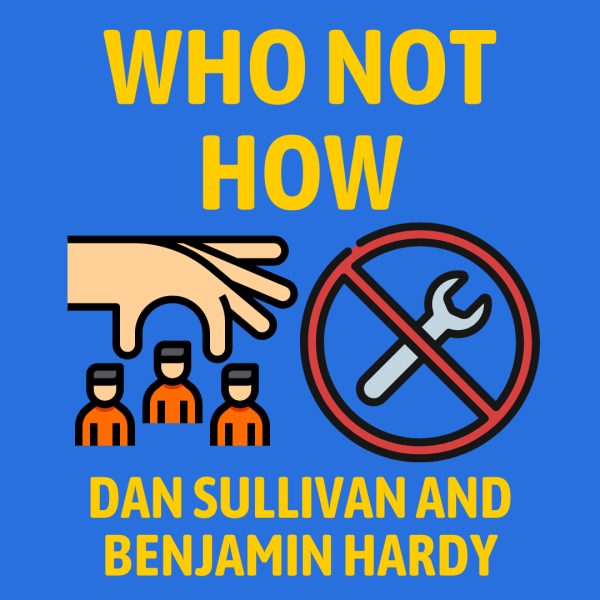
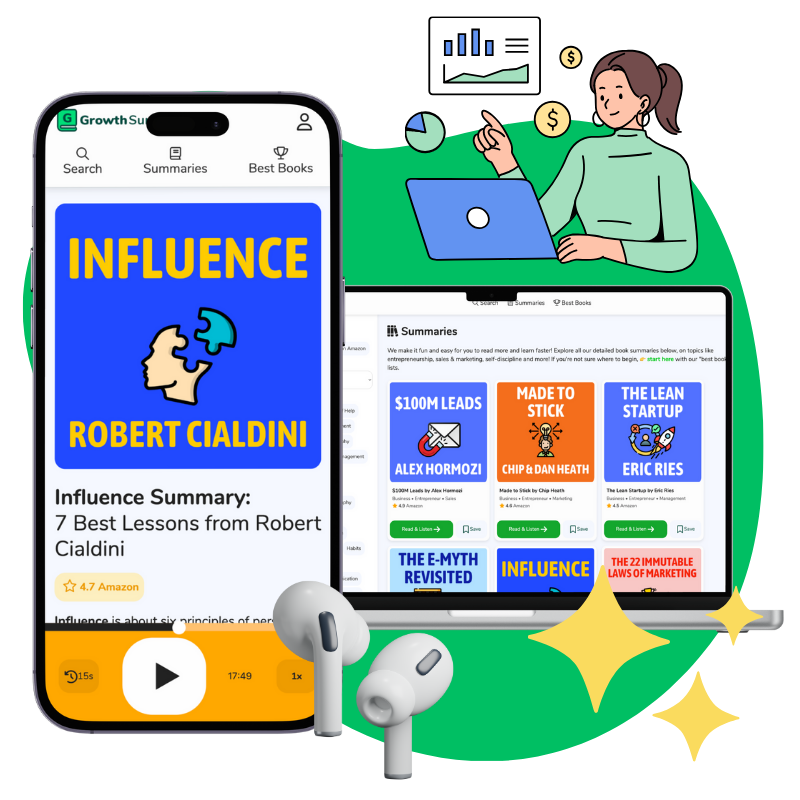
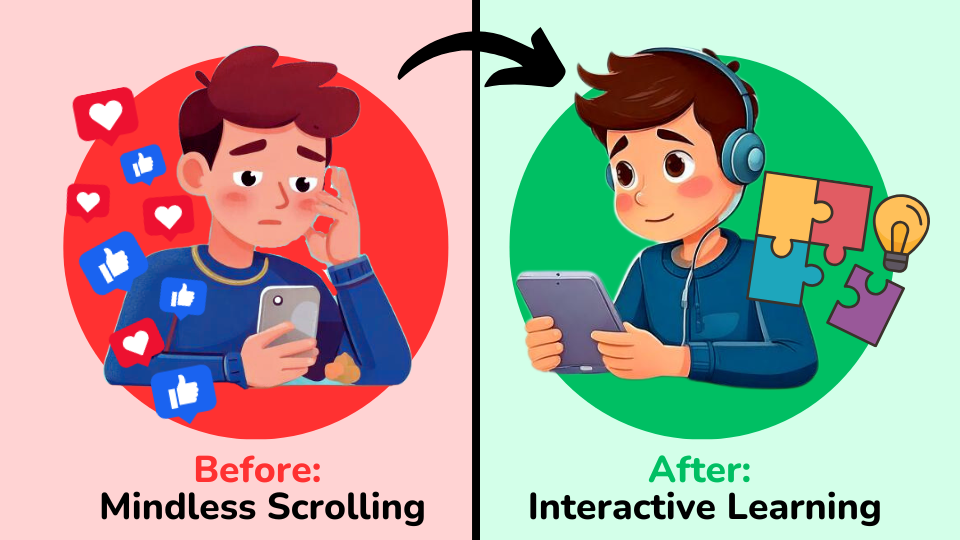








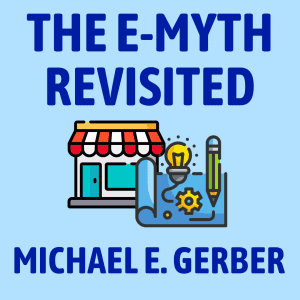

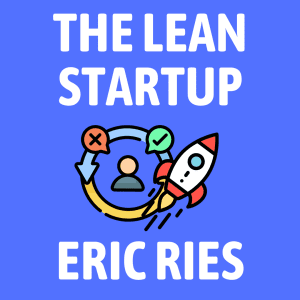
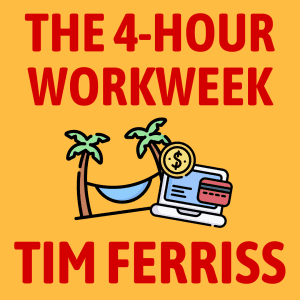
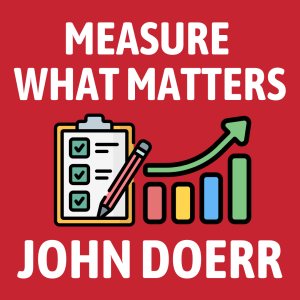
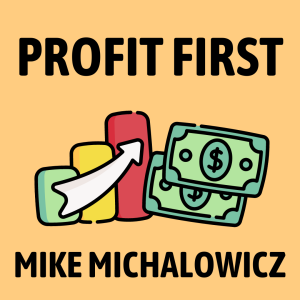
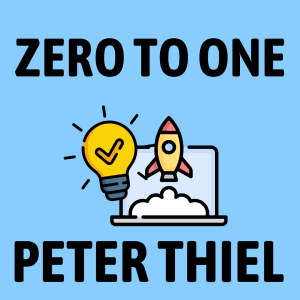

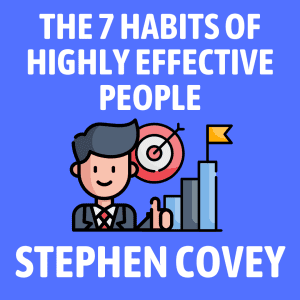
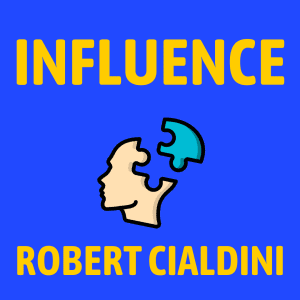
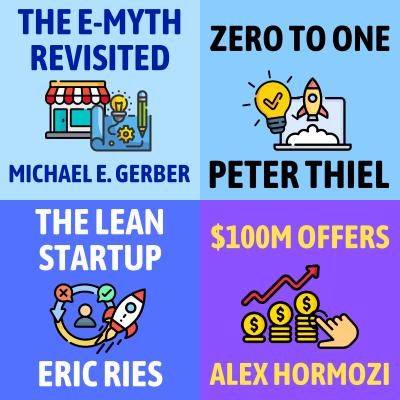
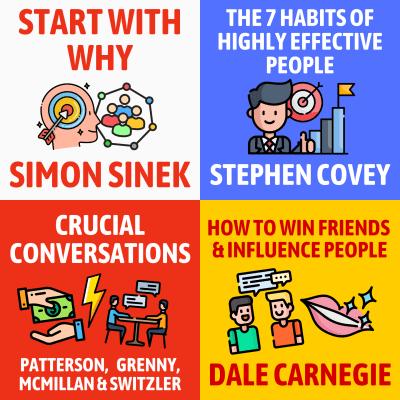
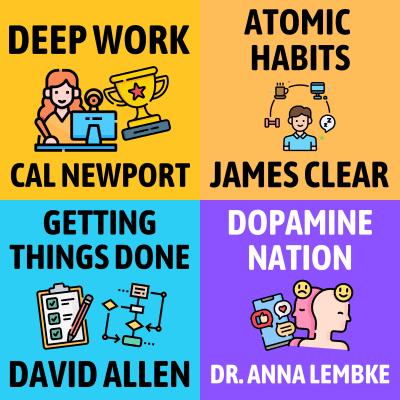
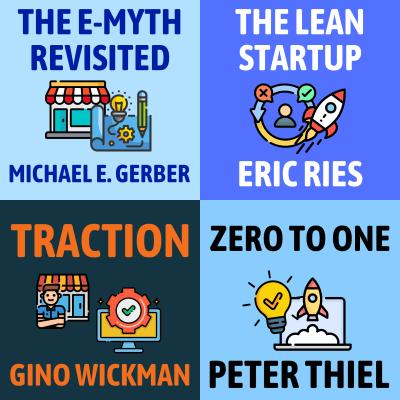
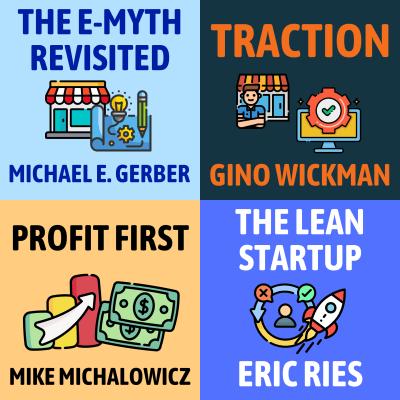
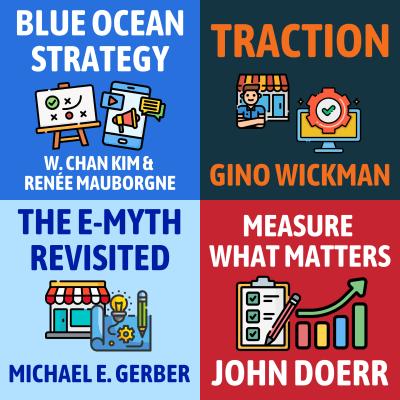
Community Notes